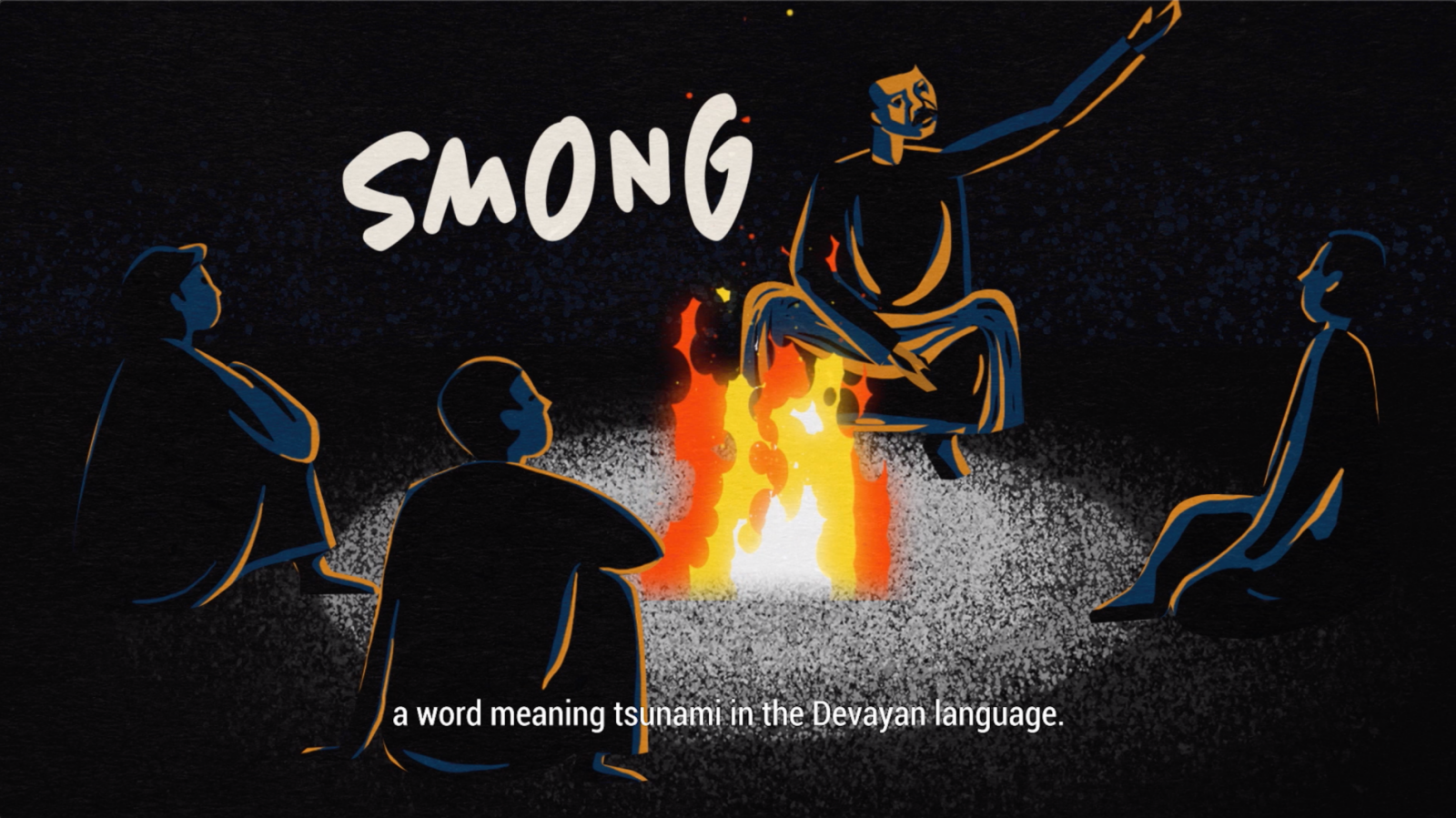
113 years ago, on 4 January 1907, a powerful magnitude (M) 8.2-8.4 earthquake occurred off the west coast of Sumatra, Indonesia. This earthquake belonged to a special class called “tsunami earthquakes” that do not generate very strong shaking, but can result in large tsunamis.
The tsunami that was produced struck Nias and Simeulue, killing thousands. It also struck the distant shores of Sri Lanka, India, and the island of Reunion. The first earthquake was later followed by another quake measuring approximately M 7.0, resulting in the destruction of countless houses.
In the years that followed, the sequence got jumbled and the two events were conflated as one, but the 1907 disaster was preserved in local memory by way of the legend of the Smong – a Devayan word for “tsunami”. According to the legend, if you feel the ground shaking violently and you see the seawater receding, run for higher ground as quickly as possible.
This oral history is credited for saving thousands of lives on Simeulue Island during the 2004 Indian Ocean tsunami event. In the event of a future “tsunami earthquake”, however, the best early warning of an impending tsunami would not be violent shaking, but a milder and very long duration (many minutes long) earthquake.
Below is a short video clip that explains the legend of the Smong. The research paper that looks at the 1907 earthquake-tsunami event can be found here.